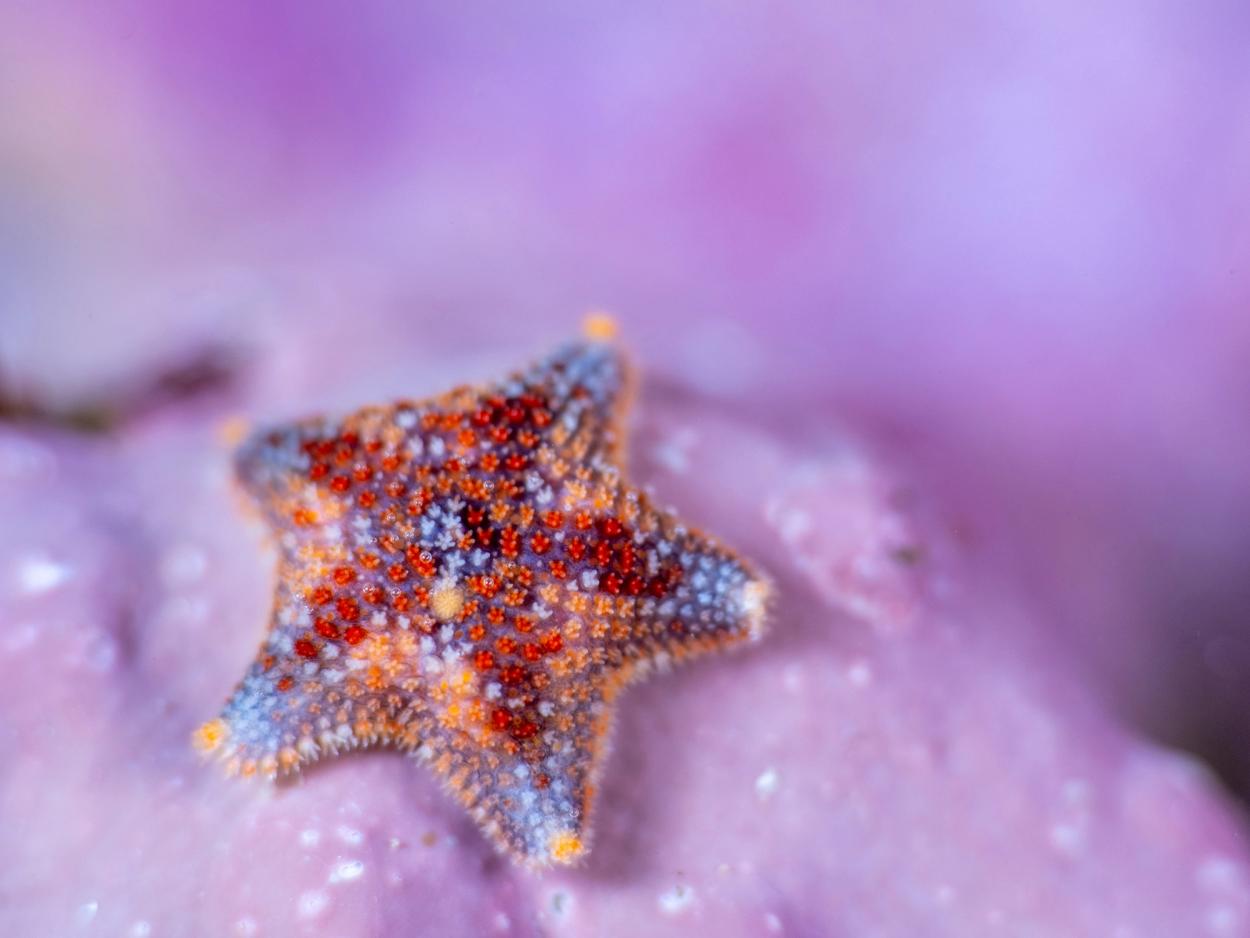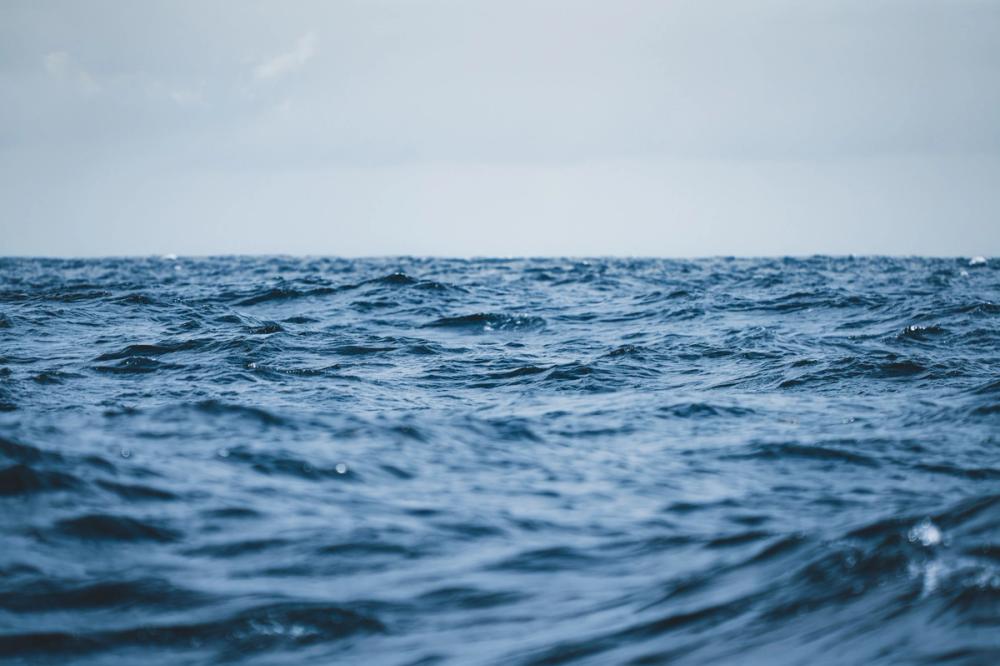
Invasion and adaptation
The changing environment of Cornwall underwater
Harpoon weed (Asparagopsis armata) a non-native, invasive seaweed thriving in the shallows near Falmouth, Cornwall.
We live in a world of change, and the rocky shores and seaweed forests of Cornwall are no exception. The far southwest of the UK is one of the most beautiful places underwater for its stunning kelp forests and array of other habitats. I’m fortunate to live by the sea in Falmouth in south Cornwall, and to spend much of my spare time taking photos, diving, and exploring the local rock pools. This is alongside being a research scientist that, with a team of others, studies the animals that call the Cornish coast home. Over the last decade, I’ve seen and studied many changes that are happening along our shores, involving both the animals that reside here, and the wider seaweed communities.
In spring and summer, anyone diving, swimming, or even paddle boarding in Falmouth will notice towering columns of non-native sargassum (or brown wireweed; Sargassum muticum). These are dramatic, and in many ways beautiful, but also concerning. Sargassums of other species are well known for causing major ecological problems, with huge biomass of drifting mats often washing up in places along the South American coast, choking local wildlife. The specific species we find locally originates from Japan and is one that anchors to the seabed, forming columns three or four metres tall. Today, it has an almost global distribution, likely first being transported with Japanese oysters.

Towering stands of sargassum in shallow water.
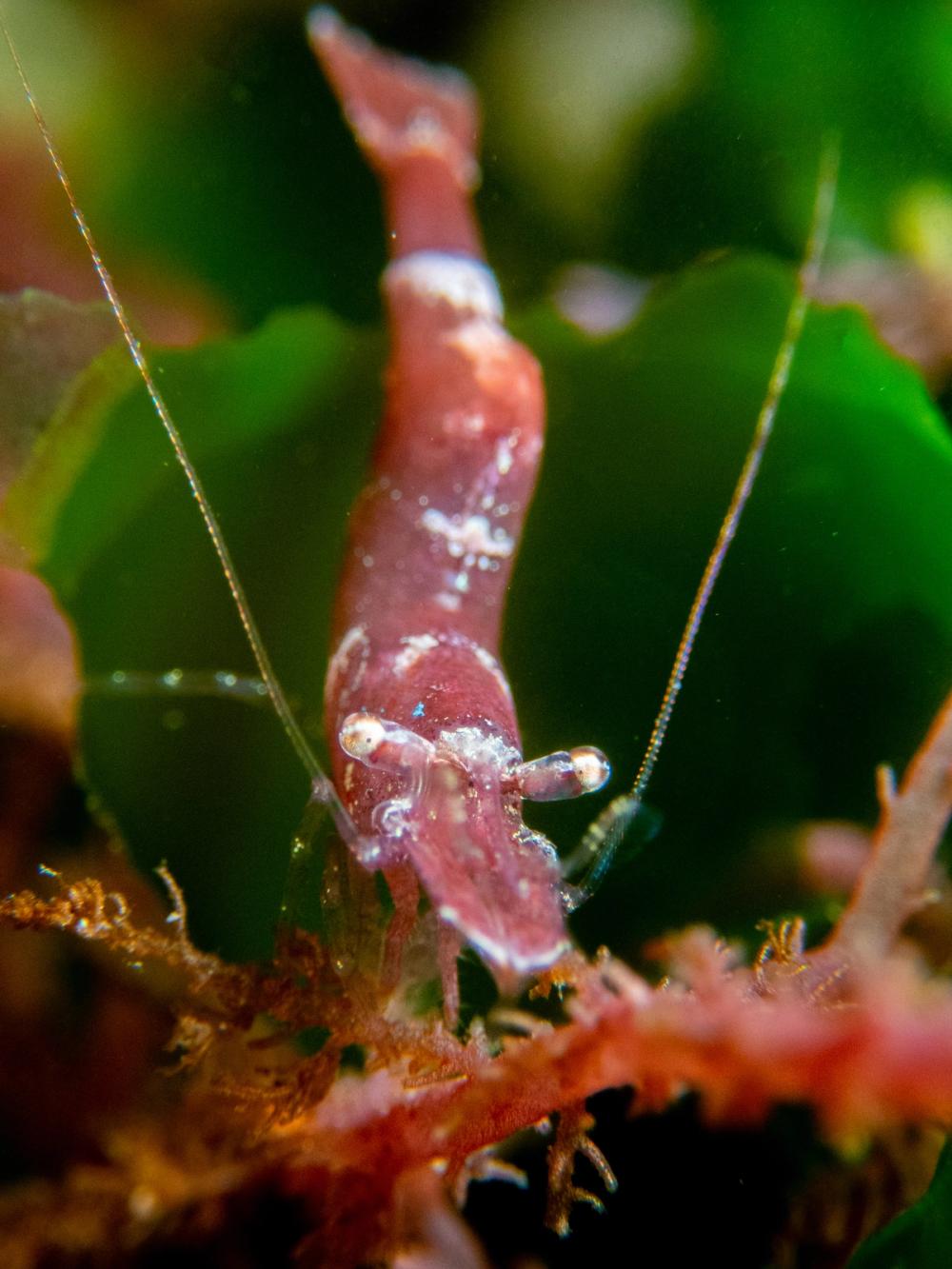
Chameleon prawn (Hippolyte varians) camouflaged among Cornish seaweed.
In the UK, sargassum first appeared around the Isle of Wight in the 1970s, and has since spread around the south coast, among other parts of the UK more widely, posing a variety of challenges. It is dramatically changing the composition and structure of the marine environment. It grows back faster than most other algal species in the spring, and by early summer can choke the rock pools at low tide, blocking light and competing with native species, and reducing nutrients and substrate availability for local kelp forests and seagrass. Sargassum also changes the habitat structure for animals that reside there. The plant-like, brown algae is also increasingly problematic for people. It’s easy to get tangled up in it, something that’s happened to me when diving. In some places, it’s serious enough that it can tangle boat motors, cause problems with commercial fishing, block water intake pipes of installations, hinder growth and harvesting of shellfish beds, and trouble swimmers. Over the last few years, it has gradually spread into deeper water and around the margins of the kelp.
The question is, just how bad is the sargassum for local wildlife? This is not easy to answer because while initially it should reduce biodiversity, I’ve also noticed species increasingly adapting to it. Young fish, such as shoals of juvenile pollack use it for shelter, snakelocks anemones have started colonising the columns, and many invertebrates use it for safety. In our research group, we’ve studied how it may affect some of the wildlife here. Specifically, we focussed on a beautiful local species called the chameleon prawn (Hippolyte varians). As its name suggests, this little animal is capable of changing colour, from red or yellow to green depending on the species of seaweed it is currently living on. They do this to remain camouflaged from predators, and there are numerous creatures on the rocky shore that would love to make a meal of a one centimetre long prawn. Colour change takes a couple of weeks and in the short term, prawns are also able to choose to sit on seaweed that matches their own coloration. For example, a red prawn will swim to red seaweed for shelter. Sargassum is not the only non-native seaweed that the prawns encounter. In fact, the rocky shore these days is covered in many alien species, perhaps even more than native ones. That includes others that coat the seabed, such as the beautiful pink fluffy harpoon weed (Asparagopsis armata), which originated from Australia and appeared around the UK in the 1940s.

Colour change variations in chameleon prawns (Hippolyte varians).
In principle, species that change colour or can choose substrates that match their coloration should be well equipped to cope with changing visual environments, but this has seldom been studied. To investigate this, Rafael Duarte and others in our research group conducted a series of experiments to test how effectively prawns change colour on both native and non-native seaweeds, and whether they show differences in behaviour to them for camouflage. The results largely showed that prawns are seemingly quite happy to live on sargassum, perhaps using it as an alternative habitat when native seaweeds are yet to regrow after the winter. They are also often found on pink harpoon weed, especially given that native red seaweeds are less common these days. Prawns were able to change colour and match non-native weeds, and very effectively resemble the colour of harpoon weed, though less so the sargassum. When given a choice between native and non-native seaweed, the specific species seems less important than choosing a seaweed that matches the prawn’s own appearance. That is, prawns will choose a non-native seaweed to settle on that matches their coloration, over a native weed that they do not match as closely. Ultimately, the prawns seem quite able to achieve camouflage on the non-native seaweeds, but what other impacts these algae have, for example on food acquisition, is unknown.
The rocky shore these days is covered in many alien species.
Sargassum is undoubtedly a major concern, but local wildlife may adapt to a lesser or greater extent. Around Falmouth it is so well established that it’s hard to imagine how it could ever be removed. Unfortunately, previous efforts to remove or control the species in other locations, with physical removal, chemical treatment, biocontrol, among others have all proven unsuccessful. The species can easily regrow from the base, and floating fronds can disperse new plants. Preventing it from becoming established seems key. In some areas there is evidence that over time sargassum becomes more of an established part of the wider ecosystem, rather than continuing to cause damage after its initial introduction phase, such that removal after this has happened may even be detrimental to some native species. So as with many of the changes happening, it’s not always a black and white story.
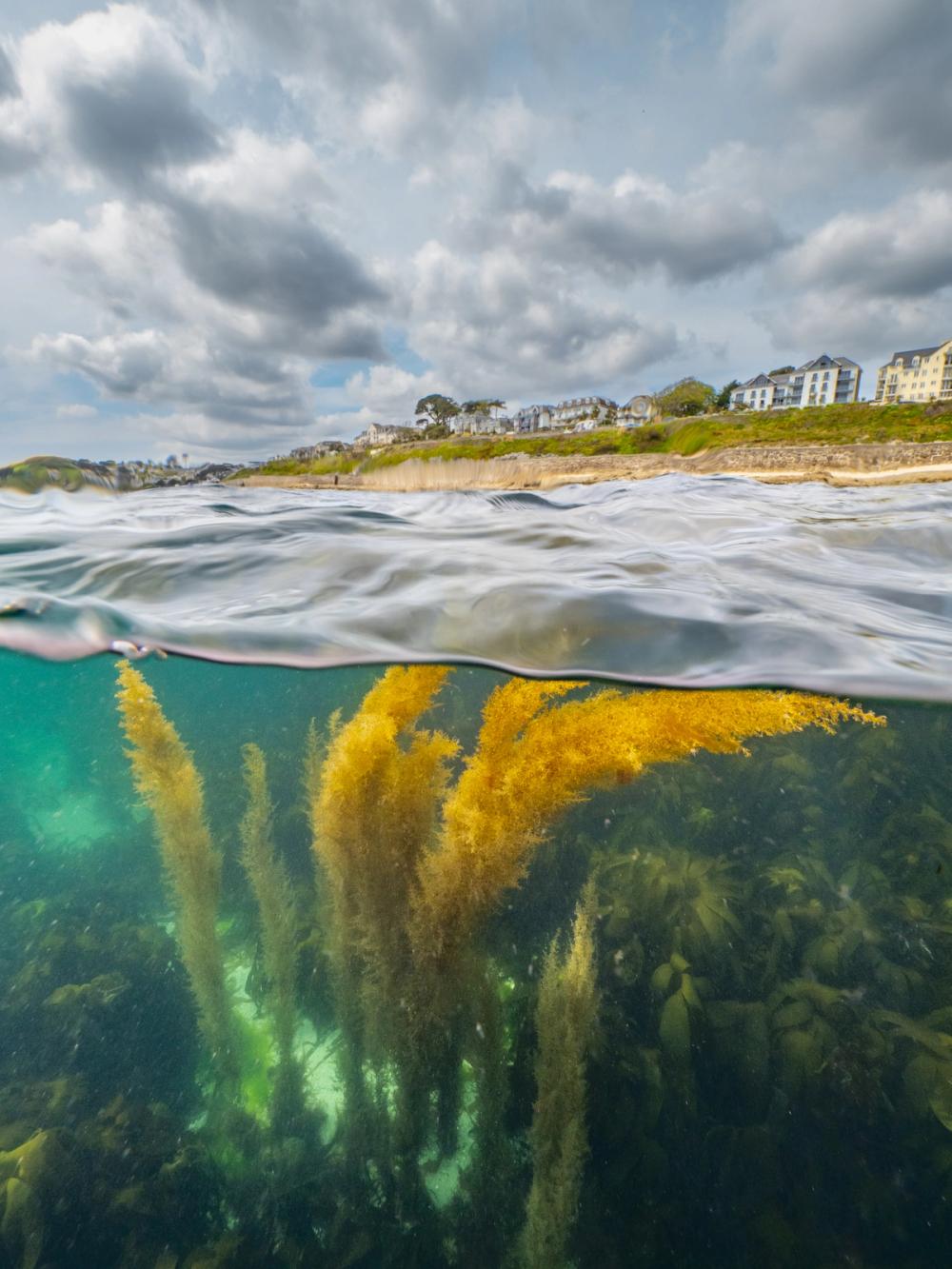
Sargassum is well established around Falmouth.
Alongside changes in seaweed composition, there have been significant changes in the community composition of many animal species in Cornwall too. A decade or so ago, shore crabs (Carcinus maenas) were a common sight all around the rocky shore. I used to tell others that “if you find a crab and don’t know the species, it’s probably a shore crab”, simply down to their abundance. They’re the archetypal seaside crab, a favourite species many a child has caught ‘crabbing’ off the side of a pier with a piece of bacon on a string. If you search the rock pools around Falmouth today, however, you’re lucky to find even a handful of them. The decline is mysterious. Some have suggested that it may be a result of disease, but this doesn’t fit with the fact that our data shows that shore crabs remain common in mudflat areas very close to the rocky shore where they are now missing.

Furrowed crab (Xantho hydrophilus) up-close.
Some of the answers may come in the form of the rise of another crab species, the furrowed crab (Xantho hydrophilus). This is also native to the UK but Cornwall used to be at the northern limit of its range, and even then, crabs were largely restricted to the lower shore areas. In the last five years or so this has switched, and now furrowed crabs are all over the rocky shore. This dramatic change seems to be a result of climate change and warming waters, allowing the crabs to thrive, and even now move further north in the UK into places such as Devon and the Isle of Wight. In turn, they may be outcompeting shore crabs (and some other species, which also seem less common), either directly through physical competition, or through taking away valuable resources such as food and shelter.
It’s too early to know if furrowed crabs are responsible for the decline in shore crabs, and there are additional aspects to the story. For one thing, research at the University of Bristol about 10 years ago showed that shore crabs are negatively influenced by ship noise, becoming stressed by the engine sounds and no longer appropriately responding to simulated predatory threats. More recently, we followed this up with regards to the crab camouflage. Shore crabs rely heavily on camouflage to avoid predators and are capable of changing colour over a period of weeks to better match the background environment where they live. Unfortunately, this response is affected by ship noise too. Emily Carter showed that crabs no longer change colour properly when they experience ship noise, compared to natural ambient sounds, even when played at the same intensity; there’s just something they don’t like about the sound frequencies and patterns of ship noises. (2004)
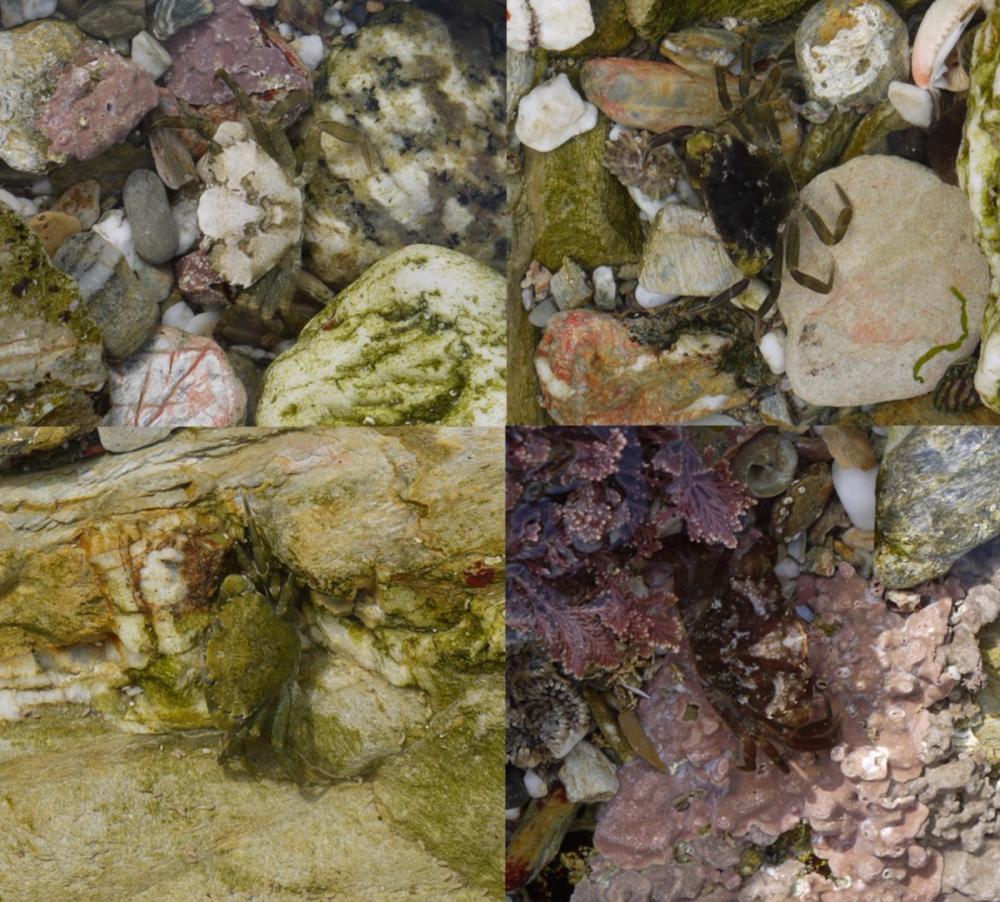
Shore crabs (Carcinus maenas)showing different colour variations.
Similarly, Kara Rising showed that male crabs no longer display normal mating behaviours towards female pheromone cues when accompanied by ship noise. (2022) Noise may also interact with changing sea temperature, and Laura Coles found that the negative impact of ship noise is influenced by the temperature of the water, which by itself can hinder colour change at very high levels. (2024) These issues, combined with water pollution, among other things, may contribute to shore crab declines as much as the furrowed crabs do. For now, we can’t be sure of the specific causes just yet. The irony is that in other parts of the world shore crabs are highly invasive owing to their adaptability to many habitats.
There are some positive stories regarding changes in species composition in Cornwall and the southwest more broadly. A nice example is the St Piran’s hermit crab (Clibanarius erythropus). In Cornwall this colourful little crab was, like the furrowed crabs, at the northern limit of its range. Then in the 1960s a series of pollution events seemed to have wiped it out for good, and it was not seen again in the UK until 2016 when it was discovered in Falmouth. Since then, it has spread to other parts of Cornwall and Devon and is now abundant in the upper rocky shore (perhaps also benefitting from warming waters).

The St Pirans hermit crab (Clibanarius erythropus) recently made a comeback after disappearing from UK shores in the late 1980s.
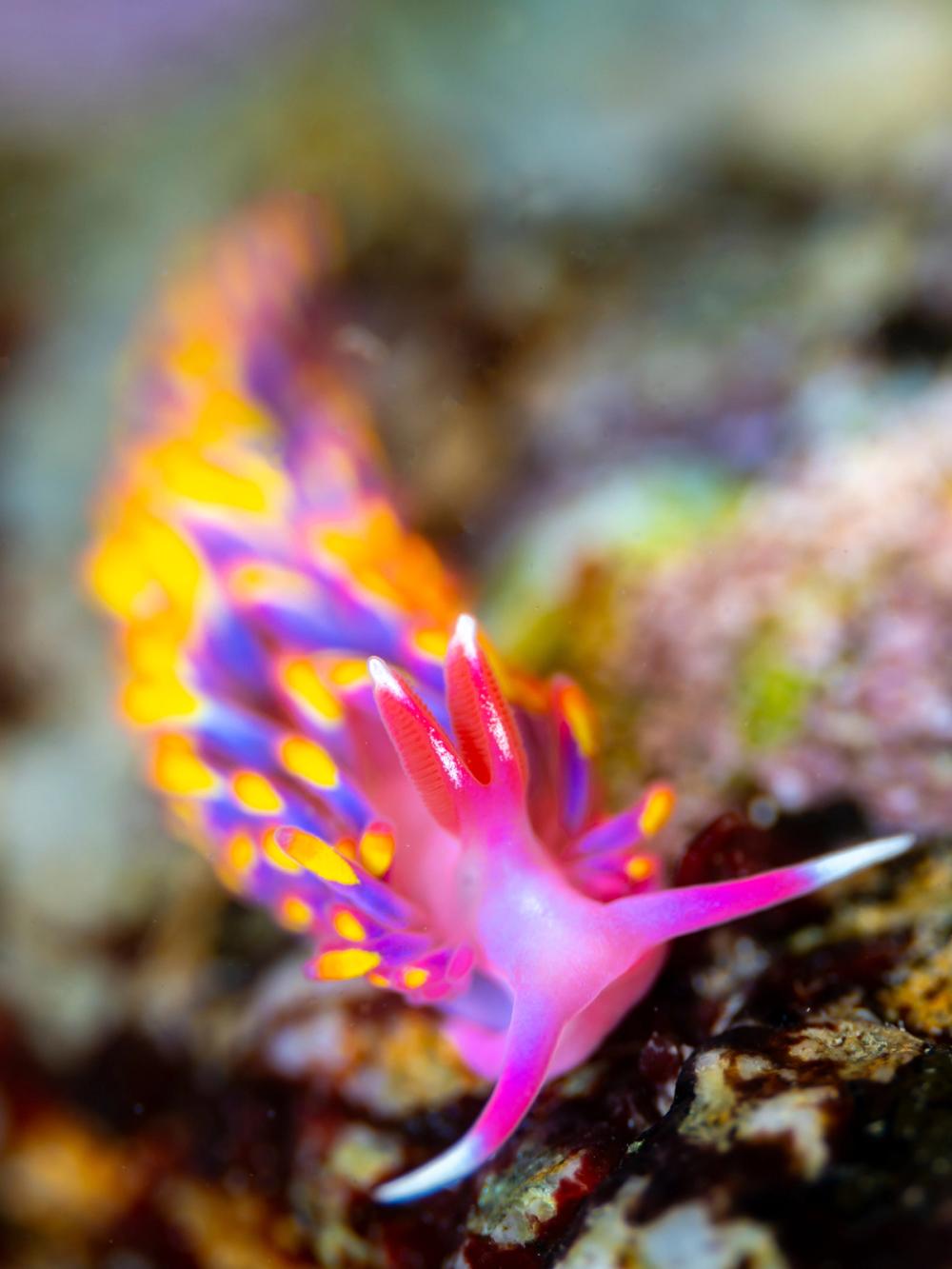
The tiny rainbow sea slug (Babakina anadoni) brings a splash of colour to the seaweed gardens of Cornwall.
There are other signs of change too, including the arrival of uncommon or new species, sometimes to great local excitement. Sea slugs have gained somewhat of a cult following in recent years, with their remarkable colours and patterns, and there are plenty of them found around Cornwall. Some species are very rare, such as the goby egg-eating sea slug (Calma gobioophaga), which mysteriously turns up occasionally in Falmouth munching on the eggs of goby fish (and looking like the eggs too). Most striking though is the rainbow sea slug (Babakina anadoni), which must be one of the most colourful of all sea creatures. This species was only seen for the first time in the UK on the Isles of Sicily off the far southwest tip of Cornwall in 2022, and is a species normally seen in the Mediterranean. I was fortunate enough to find three of them together in Falmouth the following year. This year, they have been seen several times in Falmouth and a few other locations in Cornwall and into Devon. Whether this is a short-term blip before they disappear again, or a longer-term colonisation remains to be seen, but they have certainly contributed to plenty of viral social media posts lately.
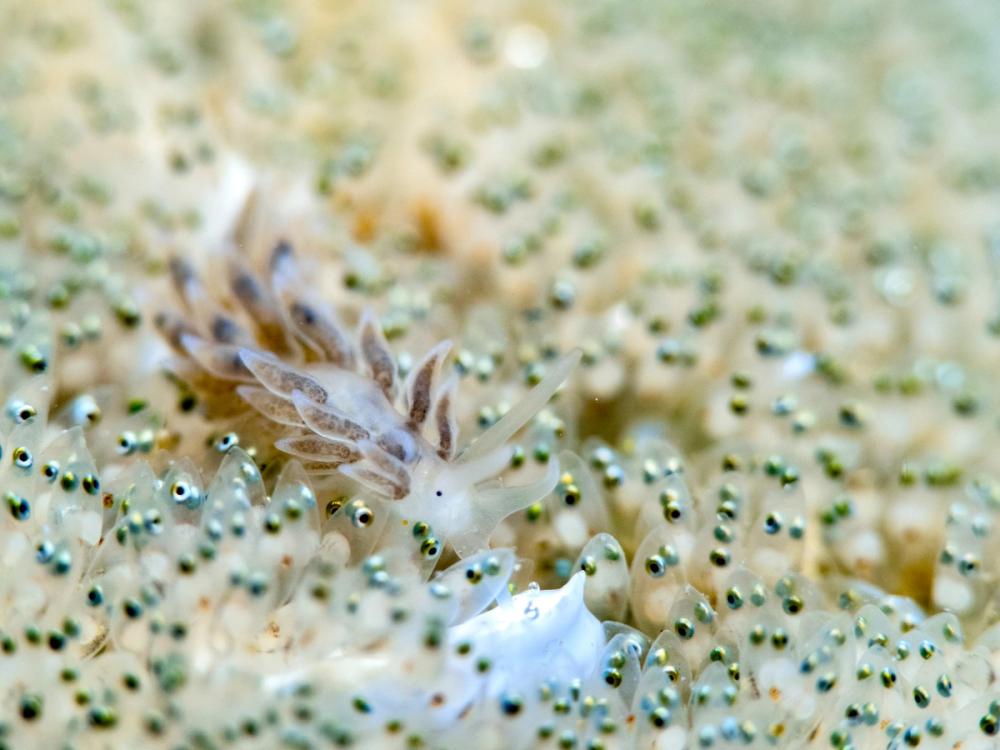
The rare goby egg-eating sea slug (Calma gobioophaga) in a field of tiny goby eggs.
Going forward it’s hard to know what the make-up of the local environment will be. It’s difficult to imagine no further changes, but hopefully they will not be as dramatic as those seen already. That said, the ocean community of both plants and animals here is unlikely ever to be quite the same as it was even 20 years ago, so we can only strive to safeguard what’s left and create more positive stories of change than those of loss and imbalance.
Share this story
- Ecosystems and habitats
- Threats

